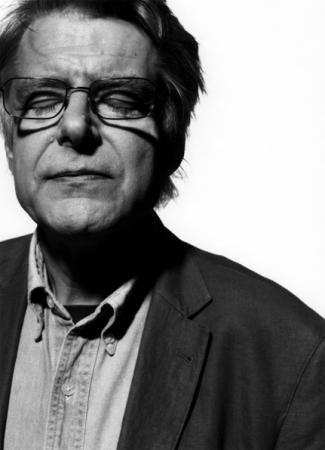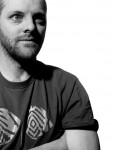Nouveau portrait
Georges Aperghis, compositeur lauréat 2007 du Prix de Composition Musicale, décerné par la Fondation Prince Pierre de Monaco.
Comme chaque année, depuis 2006, je réalise le portrait des lauréats de la Fondation Prince Pierre.
Voir dans la rubrique "Albums Photos"
FONDATION PRINCE PIERRE DE MONACO


